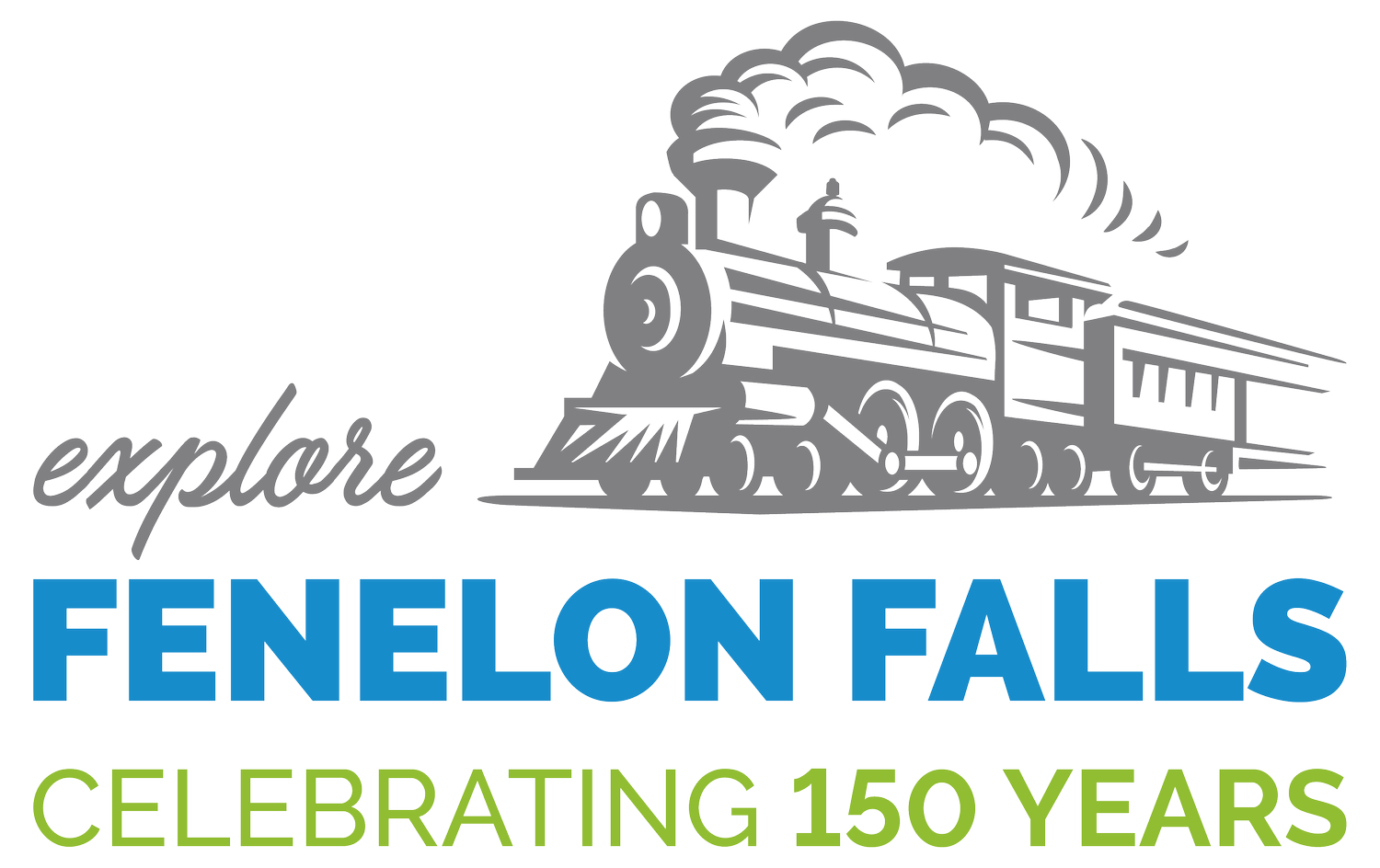Fenelon Township Surveyed, 1824
The government of Upper Canada assumed that practically all land would become farmland and surveyed most of Ontario into farm lots, organized into rows of townships. The earliest townships were located on Lakes Erie and Ontario. As time passed, successive rows of townships were added—continuing long after it had become clear that much of northern Ontario had little agricultural potential. James Kirkpatrick surveyed Fenelon Township in 1824, shortly after the first European immigrants moved to the Kawarthas—but before any lots were located in the new township. He was paid in land, receiving 4,147 acres, or just over 7% of the township—which he subsequently sold.
Surveying was based on English astronomer Edmund Gunter’s surveying chain (1620), which contained 100 links of 0.66 feet each, with a brass ring every tenth link. Eighty chains equalled one mile, while ten square chains equalled an acre. To survey the township, the crew carried chains through the forests, swamps and beaver meadows, guided by a compass, leaving marks on trees as they went. The township was divided into eleven concessions of 32 lots, each 200 acres being 30 by 66.67 chains, or 3/8 by 5/6 of a mile, aligned to north 16.5° west. These lots were called ‘double fronts,’ having a front on two concession lines, and the basic farm unit was often taken as half a lot, 100 acres, facing one of the roads. Fenelon had eleven concessions and Verulam ten, all containing thirty-two lots. The final concession and row of lots were narrowed to fit them between the surrounding townships. A road one chain wide was placed between each concession and every fifth lot.
All of these roads were supposed to be straight, which would have transpired if the survey had been done perfectly and the earth was flat. But every time that the surveyor walked up or down a hill (not to mention the curvature of the globe’s surface) or encountered an obstacle that it was not possible to reach a chain accurately across (for instance, Sturgeon Lake), an error was introduced. The Glenarm Road is a cross road that was supposed to be straight, and the jogs in the road reflect the fact that the adjacent concessions of lots did not actually line up.
Typically, the names of townships in Upper Canada had no relationship to the actual place—many were named after government officials, prominent Britons, or whatever struck the fancy of the official in charge at the time. For instance, Ops was an ancient Roman goddess of fertility. Fenelon was named after a Suplician Missionary, Abbe Francois Fenelon, who was a missionary to Quinte (Kente) in the 1660s—a century and a half before the township was founded. He is best remembered for criticizing Governor of New France Comte de Frontenac at Easter High Mass in Montreal. He is often mistaken with his more famous half-brother, also Francois Fenelon, who was the Archbishop of Cambrai. Cambray was later mistakenly named after the more famous Francois Fenelon, thinking he was the namesake of the township.

